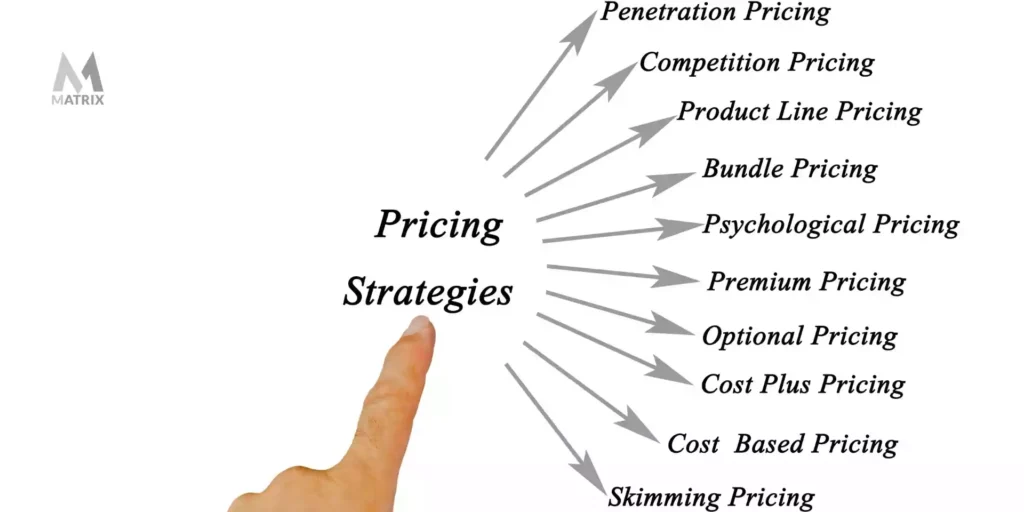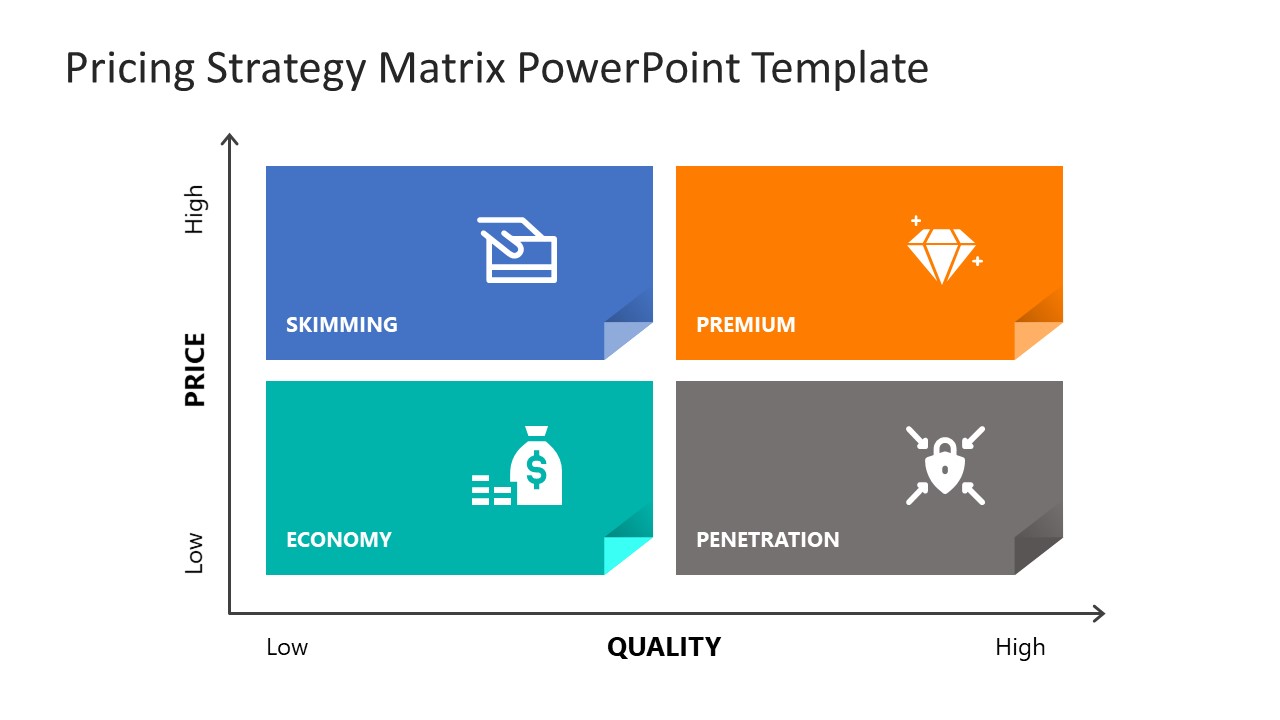Reliable Pricing Strategy for New Products: What You Need to Know

Master Effective Rates Strategies to Optimize Revenue
In the ever-evolving landscape of business, mastering effective rates methods is necessary for companies intending to take full advantage of revenue. A nuanced understanding of prices psychology can substantially affect client behavior and purchasing choices.
Recognizing Prices Psychology
Comprehending rates psychology is essential for organizations intending to maximize their rates approaches. This area checks out how customers view prices and exactly how these understandings influence their investing in decisions. Secret concepts in rates psychology consist of the anchoring result, where the initial price provided acts as a referral point for customers, and the principle of rate sensitivity, which differs amongst different consumer segments.
Additionally, organizations can utilize the idea of viewed value, where the viewed advantages of a service or product can justify a higher price point. For example, costs pricing can create an aura of exclusivity, attracting consumers who link greater costs with premium top quality. On the other hand, mental rates, such as setting a rate at $9.99 rather than $10, can dramatically affect customer habits by making costs appear much more appealing.
In addition, shortage and necessity can enhance the perceived worth of products, motivating quicker getting choices. Recognizing these mental triggers allows services to formulate prices strategies that not only drive sales however likewise foster customer commitment. Therefore, mastering prices psychology is essential for efficient rates method formula, causing enhanced success and market positioning.
Implementing Value-Based Rates

Next off, sector your clients based on their willingness to pay and the worth they view. By doing so, you can customize offerings and pricing approaches to align with different segments.
After gathering understandings, set prices that reflect the optimum amount a consumer agrees to pay, guaranteeing that they perceive a reasonable exchange for the value obtained. Connect the value proposal efficiently, highlighting the advantages and differentiators of your offering. Continually keep an eye on market conditions and client comments to fine-tune your prices technique over time. By implementing value-based rates, services can improve success while promoting lasting consumer commitment.
Exploring Dynamic Prices Versions
In today's rapidly altering market landscape, vibrant pricing designs have actually arised as a powerful approach for organizations looking for to maximize profits and react to changes sought after. These versions enable business to change their rates in real-time based on various aspects such as client behavior, market patterns, and supply levels. By leveraging data analytics and algorithms, businesses can determine optimum pricing points that take full advantage of sales while continuing to be competitive.
Dynamic rates can take various forms, consisting of time-based pricing, where costs vary based on time of day or period, and demand-based prices, which readjusts costs according to present consumer need. This versatility not only enhances success yet also enhances client satisfaction by offering rates that reflect real-time market problems.
Applying dynamic prices calls for a robust technical infrastructure and a deep understanding of client sectors. It is essential for services to keep an eye on market signals and consumer reactions continuously, guaranteeing that pricing approaches straighten with broader company purposes. Transparent communication concerning prices adjustments can assist reduce consumer dissatisfaction and foster depend on, ultimately leading to sustained profitability in a see this page competitive marketplace. Embracing dynamic rates can hence be a transformative method in the pursuit for optimizing income.
Studying Rival Pricing
Checking competitor pricing is vital for companies aiming to keep an affordable edge in their respective markets. By examining competitors' pricing strategies, companies can recognize market fads, understand customer preferences, and change their rates accordingly. This evaluation includes celebration data on rivals' rates, marketing techniques, and item offerings to educate rates decisions.
To successfully assess rival rates, organizations need to make use of different devices and strategies, such as cost tracking software application, market research study records, and client responses. This data can reveal just how rivals position their services and products, allowing businesses to separate their offerings or take on similar methods to stay pertinent.
Additionally, it is important to categorize rivals right into indirect and straight competitors. Direct competitors offer similar product and services, while indirect competitors might meet the very same client need with various options. Understanding the nuances between these groups will certainly allow companies to customize their pricing approaches much more effectively.
Inevitably, recurring rival prices analysis is crucial for making informed prices decisions. It allows services to continue to be active in feedback to market changes, ensuring they can take chances and mitigate risks linked with prices approaches.
Examining Rates Performance
Recognizing exactly how competitor rates influences market characteristics causes an all-natural concentrate on examining prices efficiency within one's own service. This examination is vital for identifying areas of stamina and chances for improvement, inevitably improving productivity.

Furthermore, performing regular prices audits can expose discrepancies between expected and actual efficiency. This includes comparing prices data throughout different sectors and networks to understand variances and determine fads. Integrating consumer comments can offer insights right into regarded worth versus actual rates, guaranteeing placement with market expectations.
Last but not least, leveraging information analytics devices can help with much deeper understandings right into prices performance, enabling companies to make data-driven adjustments (Pricing Strategy). By continually examining rates efficiency, organizations can adjust to market adjustments and maximize their methods, making certain continual success in a competitive landscape
Final Thought
Effective rates methods are important for making best use of revenue in an open market. By leveraging prices psychology, organizations can enhance viewed value and tailor prices to diverse consumer segments. The adoption of value-based and dynamic pricing designs assists in real-time modifications based on demand and customer determination to pay. Furthermore, constant evaluation hop over to these guys of competitor prices and efficiency metrics makes certain calculated dexterity. Ultimately, a comprehensive strategy to prices not just drives productivity yet likewise promotes client fulfillment and loyalty.
Understanding prices psychology is critical for organizations aiming to maximize see their pricing techniques. Recognizing these mental triggers makes it possible for services to develop pricing strategies that not just drive sales yet likewise foster client loyalty. Hence, mastering prices psychology is crucial for efficient rates approach formulation, leading to boosted earnings and market positioning.
By examining rivals' rates approaches, firms can recognize market trends, understand customer choices, and change their pricing accordingly. By leveraging pricing psychology, businesses can boost viewed worth and tailor rates to varied client sectors.